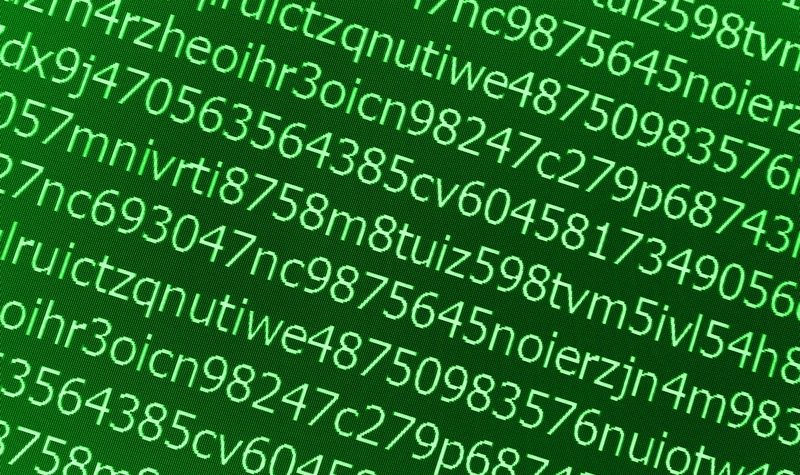A SED, or self-encrypting drive, is a type of hard drive that automatically and continuously encrypts the data in it without any user interaction. What may surprise many is that a decent potion of the drives currently in the market, including the popular Samsung 840 and 850 Pro SSD series are in fact SEDs. But since manufactures do not tout this as a major feature, it often gets lost in the large number of typically more important specifications.
Even once you purchase, install and start using one of these SED drives, the encryption is so transparent to the user that it is unlikely they would ever realize they have such a feature. The encryption process is done through the use of a unique and random Data Encryption Key that both encrypts and decrypts data whenever data is written to the drive or read from it.
